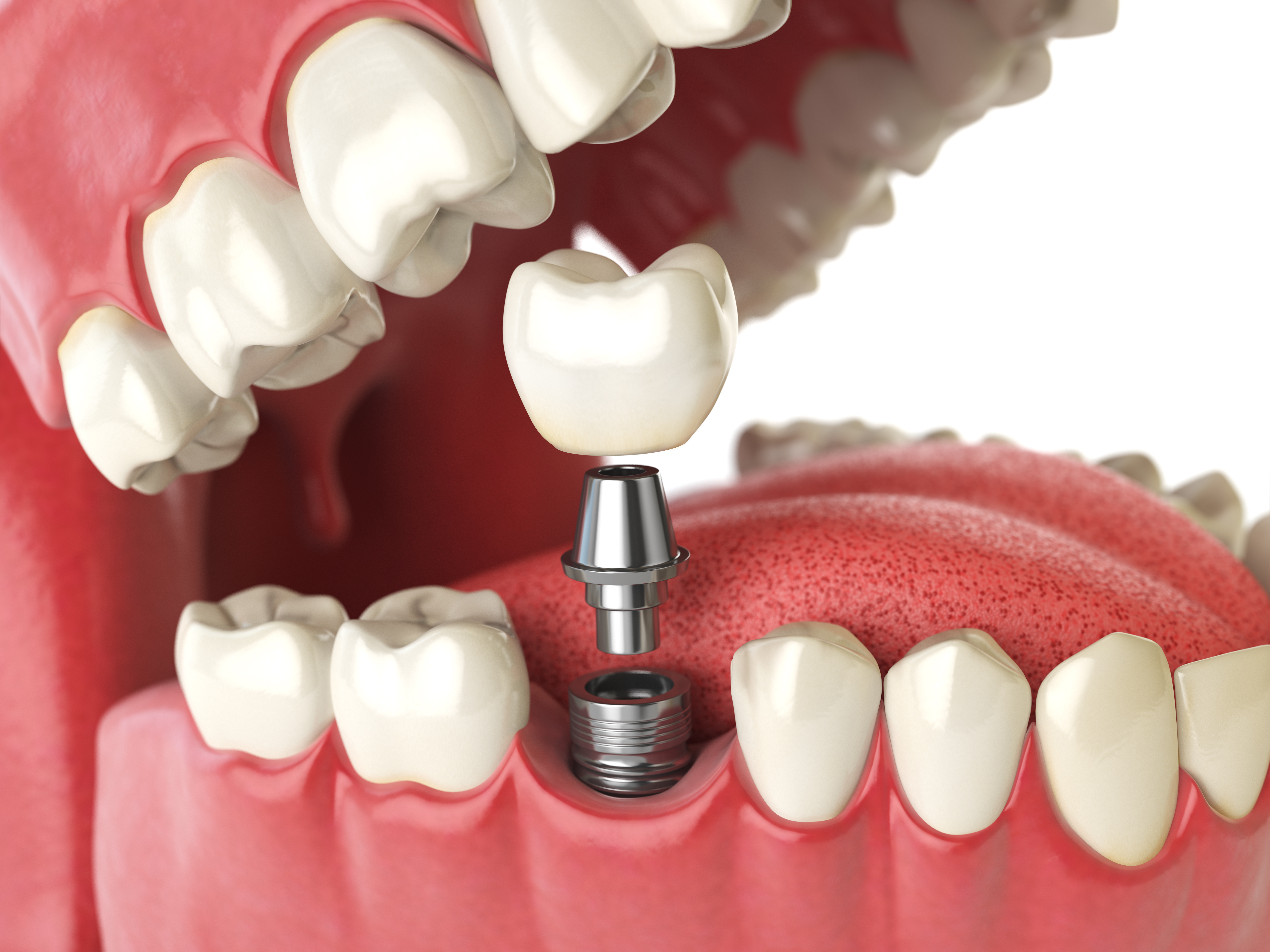Alternatives to Dentures: Options for Replacing Missing Teeth
Losing one or more teeth can affect chewing, speech, and confidence. Dentures are a common solution, but several alternatives may better suit individual needs, mouth anatomy, or lifestyle. This article outlines common options, how they work, and what to consider when discussing choices with a dental professional.

This article is for informational purposes only and should not be considered medical advice. Please consult a qualified healthcare professional for personalized guidance and treatment.
Options for replacing missing teeth
When a tooth is missing, options include fixed and removable solutions. Fixed solutions, such as bridges or implants, are secured in the mouth and do not need removal for cleaning. Removable options include partial dentures and overdentures that a person can take out for hygiene. Choice depends on the number of missing teeth, bone quality, gum health, and personal preferences about maintenance and comfort.
A dentist evaluates oral health, adjacent teeth, and bite forces to recommend options. For example, a single missing tooth between healthy teeth might be replaced with a bridge or an implant, while several missing teeth across an arch may be better served by implant-supported prosthetics or removable partial dentures.
How do implants restore chewing and speech?
Dental implants are titanium posts surgically placed into the jawbone to act as artificial tooth roots. After osseointegration (the bone bonding to the implant), a crown, bridge, or denture can be attached. Implants provide stability similar to natural teeth, which helps restore chewing efficiency and can improve speech compared with loose removable prostheses.
Not every patient is an implant candidate; adequate jawbone volume and good overall oral health are important. When bone is insufficient, bone grafting or sinus lift procedures can sometimes create a suitable foundation for implants, extending implant options to more people.
Removable options besides dentures
The term dentures often brings to mind full removable sets, but removable solutions vary. Partial dentures replace several teeth and clasp to remaining teeth, while flexible partials use softer materials for improved comfort. Overdentures fit over remaining tooth roots or implants, combining some stability with the ease of removal for cleaning.
Removable choices typically cost less upfront than implant-based restorations and can be adjusted as oral conditions change. However, they may require periodic relining or replacement as the mouth’s shape changes, and they may not offer the same level of chewing power as fixed alternatives.
What are dental bridges and crowns?
Dental bridges replace one or more missing adjacent teeth by anchoring to neighboring teeth or implants. Traditional bridges use crowns on abutment teeth with a pontic (artificial tooth) spanning the gap. Crowns restore the shape and function of damaged teeth and can be integral to bridgework or support prosthetics.
Bridges can be faster to place than implants and avoid surgery, but they typically require alteration of the adjacent natural teeth. The long-term success of a bridge depends on the health of abutment teeth and gums, and regular dental hygiene to prevent decay and periodontal issues.
How do alternatives affect the mouth long-term?
Each option influences oral tissues differently. Implants help preserve jawbone by transmitting chewing forces into bone, reducing resorption compared with conventional dentures. Bridges that rely on natural teeth can increase load and potential wear on abutment teeth. Removable prostheses may accelerate bone changes under the denture base over time.
Maintenance and monitoring are crucial: cleaning around implants, crowns, and bridges prevents peri-implantitis and decay; removable prostheses require daily hygiene and periodic professional checks. Regular dental visits allow adjustment or intervention to maintain oral health and function as needs evolve.
Conclusion
Choosing an alternative to dentures involves clinical factors (bone, gums, adjacent teeth), practical considerations (maintenance, comfort), and personal priorities (budget, timeline). Discussing options with a dental professional and reviewing imaging and oral exams helps identify a suitable plan that supports chewing, speech, and long-term mouth health.






